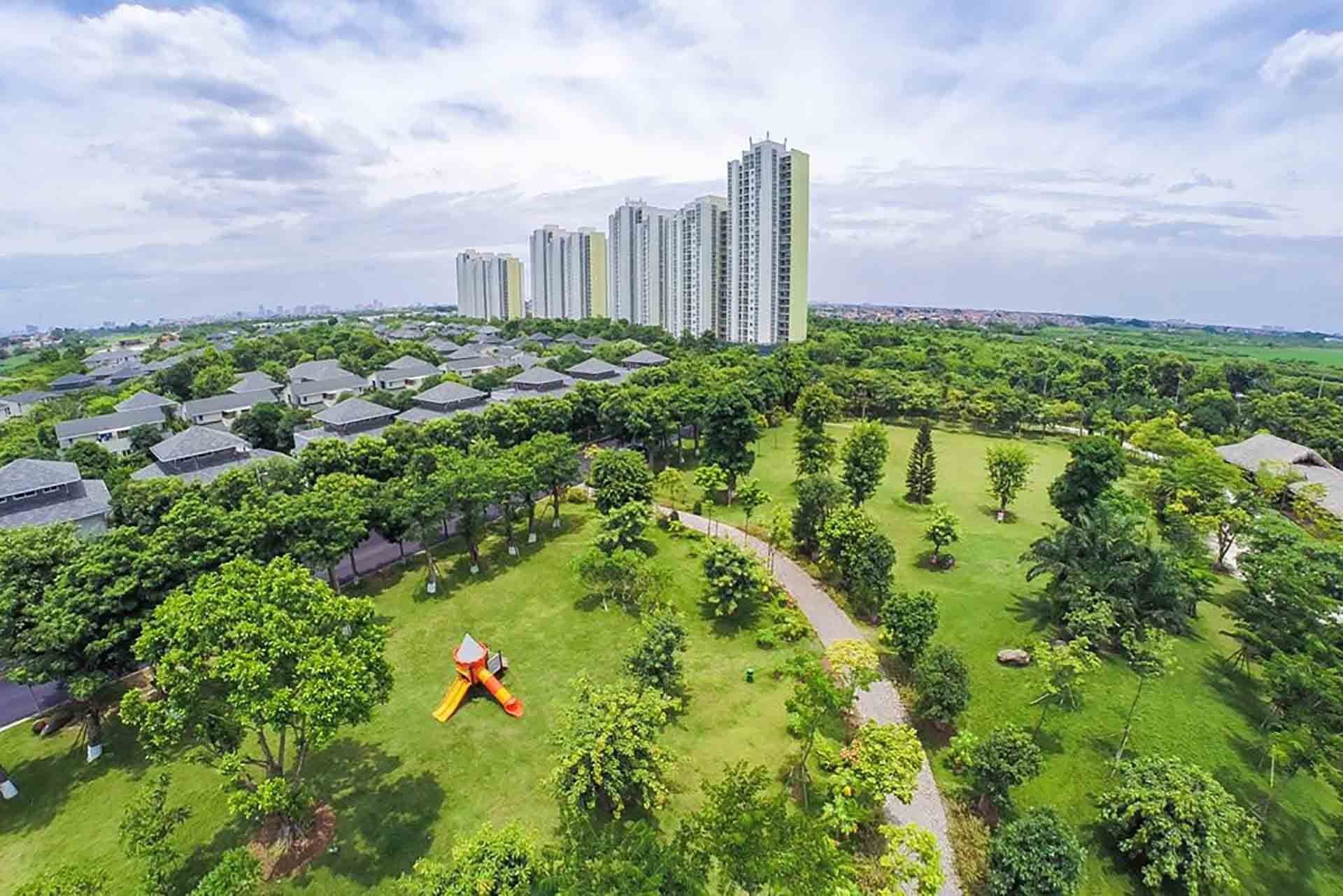 |
| The COP28 conference will be an opportunity for Vietnam to show other countries its efforts in adapting to climate change and its commitment to green growth. (Source: VGP News) |
At the 26th Conference of the Parties to the United Nations Framework Convention on Climate Change (COP 26), Prime Minister Pham Minh Chinh announced Vietnam's strong commitments to responding to climate change. In his speech, the Prime Minister affirmed that although Vietnam is a developing country that has only begun to industrialize over the past three decades, but has advantages in renewable energy, Vietnam will develop and implement strong measures to reduce greenhouse gas emissions using its own resources, along with cooperation and financial support and technology transfer from the international community, especially developed countries, including implementing mechanisms under the Paris Agreement, to achieve net zero emissions by 2050.
The Vietnamese Prime Minister’s commitment immediately attracted the attention of the international public and media. In an article titled “Vietnam aims to be carbon neutral by 2050,” Reuters news agency emphasized that Vietnam has “joined the ranks of many other countries that have pledged to stop emissions by the middle of this century or later to prevent global warming.”
Immediately after the COP26 Conference, the Prime Minister established a National Steering Committee to implement Vietnam's commitments at the COP26 Conference, with the Prime Minister as the Head of the Steering Committee. Relevant ministries and agencies have focused on developing strategies, programs, and action plans to implement the commitments.
Commitment with action
Sharing at the recent workshop “Vietnam’s Green Vision and Typical Stories” in Hanoi, Associate Professor, Dr. Tran Dinh Thien, former Director of the Vietnam Economic Institute, assessed that Vietnam’s commitment to achieving Net Zero by 2050 has surprised the whole world because stronger countries have only made the same commitment as Vietnam. Countries like India also made a cautious commitment to 2070, and China committed to 2060.
Green growth is a global trend, the top priority choice of the whole world. Vietnam is also under pressure from that trend, at the same time, this is the development direction. Choosing to follow this direction has the potential to make Vietnam a leading country in the region. The leader will have hardships but will also be the first to benefit. That is the benefit for the Vietnamese people first.
“The world is implementing many national and global green growth strategies. Vietnam has one good thing: no other country has made such a strong commitment as Vietnam, a commitment to the whole world, all at the highest level. With such a big commitment, we can face big challenges. But that is also an opportunity for us to receive support sources, policies, technology, etc. With those factors, Vietnam can be behind and ahead,” Mr. Thien emphasized.
According to Mr. Tran Dinh Thien, Vietnam's goal of becoming a developed country with a high average income (greater than 12,000 USD) by 2045 will be a very challenging goal, requiring unusual development compared to the previous period. If achieved, growth will surpass the economy that is intensive in cheap labor. In addition, when changing the development method, Vietnam also has to cope with a different challenge than many countries, which is to withstand climate change. At the same time, the way of life and the pressure of urban development must change. Accordingly, it is necessary to change the development method, in which green is the main thing.
“To materialize this green growth strategic vision, Vietnam has approved a plan, in which the Government has made specific commitments, not just general commitments. I see very clearly that the action plan is becoming more and more specific, with 17 topics, 57 task groups and 143 specific tasks, while simultaneously building an integrated green growth index. This is an extremely important indicator, without which we cannot grow.
To do this, we have to do a lot of things, maybe we have to give up a lot but at the same time we have to create a lot of new things. In general, resources will be very different, that is, resources will have to change a lot. Maybe we need 200-300 billion USD by 2030, this is a very large cost," Mr. Thien raised the issue.
Associate Professor, Dr. Tran Dinh Thien commented that over the past years, resources for green growth have started to be very large. However, the starting point is low, so the scale has not been much, many channels for mobilizing resources are often not clear. “Currently, public investment sources, green credit... are very fierce, at the same time the economic structure is all oriented towards green development. We increasingly see that these resources will expand further. In the future, technology for green growth will be further developed. In my opinion, capital is a part but it needs the participation of the government and businesses to serve green. Especially our society, how can we all participate and move towards green goals. Maybe we are not used to challenging commitments. There is no problem that we cannot fulfill, we must act decisively for this commitment,” said Mr. Thien.
Determined to go green
According to Mr. Tang The Hung, Deputy Director of the Department of Energy Efficiency and Sustainable Development (Ministry of Industry and Trade), Net Zero is a huge challenge in the process of economic development. According to the business-as-usual scenario, Vietnam's total emissions by 2030 are expected to be 932 million tons, of which the energy sector accounts for 680 million tons.
The transition process means restructuring, increasing renewable energy, using cleaner materials, gradually replacing materials for the 2025 vision. The 2030 vision, the rate of renewable energy is high, this is both a challenge and an opportunity. "The wind and solar power sector can attract potential investors, creating conditions for banks to finance capital when the green capital trend is very important in the financial industry. Currently, the world is very fond of green capital, green finance and this will be a competitive criterion between banks in the coming time", said Mr. Tang The Hung.
The determination to go green does not only come from ministries, sectors, localities, associations… contributing to the country’s great goals. Many businesses in Vietnam have begun to put green issues into the focus of their operations through “reducing brown – increasing green”. Many businesses have taken pioneering steps and recorded impressive results.
In the industrial production sector, one of the industries that accounts for a large proportion of waste, Hoa Phat Group has proposed a solution to produce “green steel”, aiming to reduce greenhouse gas emissions and move towards carbon neutrality in the future. Another example is Duy Tan Recycled Plastic Company, which is also a pioneer in applying recycling technology to contribute to the problem of bringing net emissions to “0”.
In the field of transportation, Vingroup Corporation officially launched the first pure electric taxi company in Vietnam - GSM. In just a short time, the results that GSM has achieved in reducing carbon emissions into the environment are proof of sustainable development through a green transportation system. Many businesses are also gradually shifting their investment to the field of renewable energy, such as T&T Group...
In the financial sector, while many organizations are still hesitant to lend for renewable energy, some banks have pioneered in researching and are major sponsors of renewable energy projects such as wind power and solar power, with the pioneering of ACB, HSBC Vietnam, SHB, HDBank, MB, BIDV, Nam A Bank... This is the important driving force that has helped the capacity and rate of electricity generation from renewable energy in Vietnam make a leap forward in recent years.
In the real estate and construction sector, businesses have begun to shift towards sustainable development strategies, optimizing the “green” index in products and services. For example, Gamuda Land has a special strategy of turning landfills and wastewater sources into the greenest urban areas. Some other businesses in the financial or consumer sectors such as Manulife, Masan Group, etc. have strongly participated in contributing to the implementation of the commitment with solutions on waste reduction production processes and a series of environmental protection measures.
Following the success of COP26, COP27, COP28 from November 30 to December 12 in Dubai, UAE will be an opportunity for Vietnam to demonstrate to other countries its efforts in adapting to climate change and its commitment to green growth. At the same time, it will continue to mobilize resources and strengthen international cooperation to implement the commitment to reduce net emissions to “zero” in the coming time.
Source




![[Photo] "Beauties" participate in the parade rehearsal at Bien Hoa airport](https://vstatic.vietnam.vn/vietnam/resource/IMAGE/2025/4/11/155502af3384431e918de0e2e585d13a)

![[Photo] Looking back at the impressive moments of the Vietnamese rescue team in Myanmar](https://vstatic.vietnam.vn/vietnam/resource/IMAGE/2025/4/11/5623ca902a934e19b604c718265249d0)

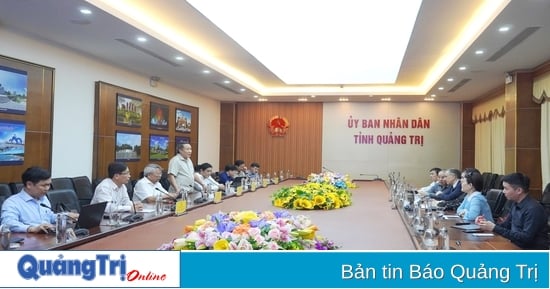

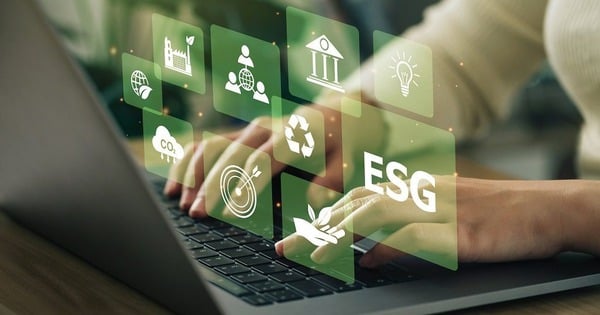

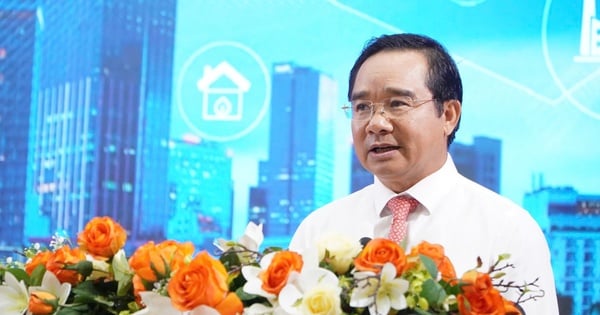



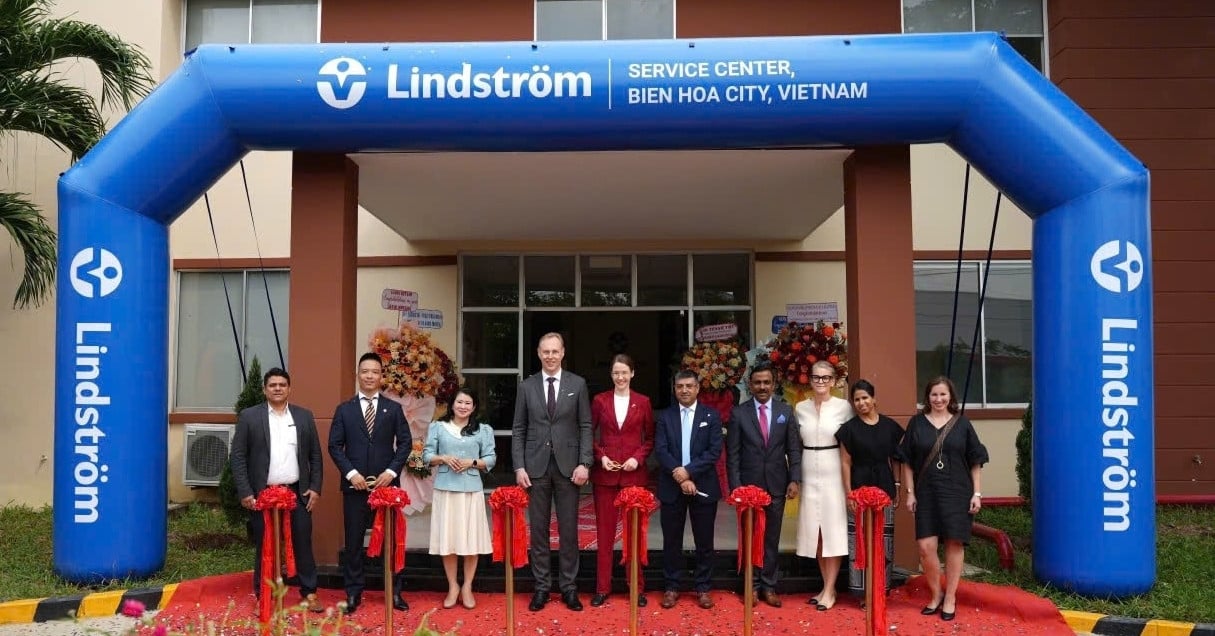
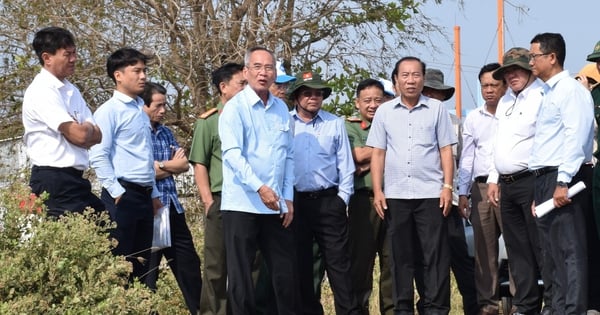

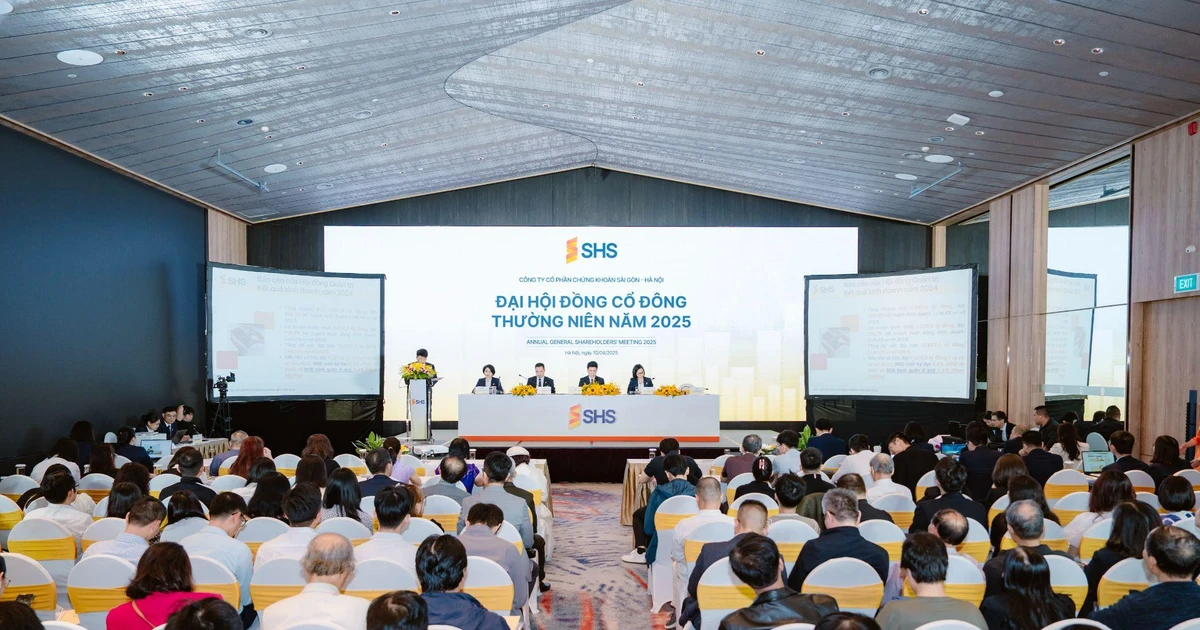
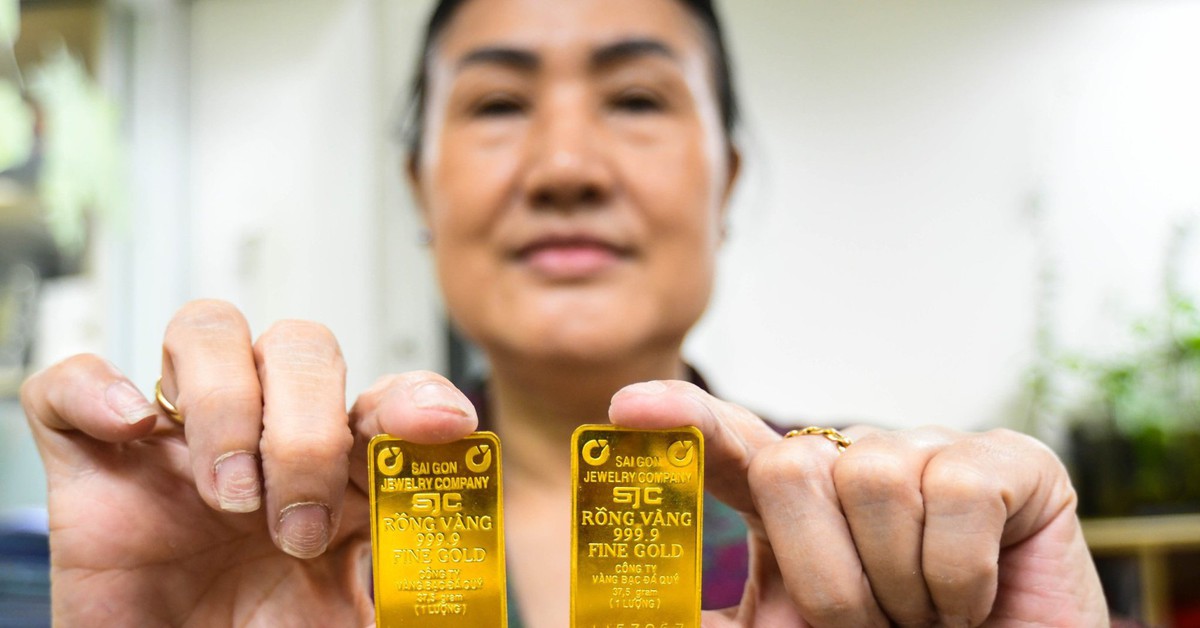
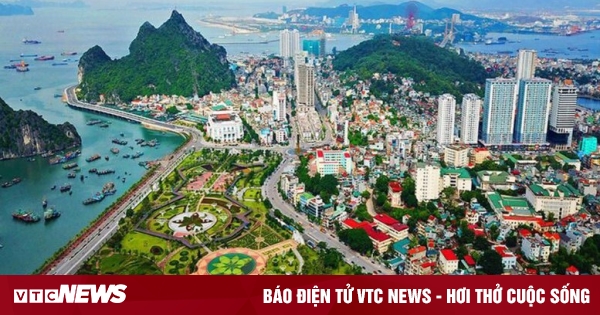
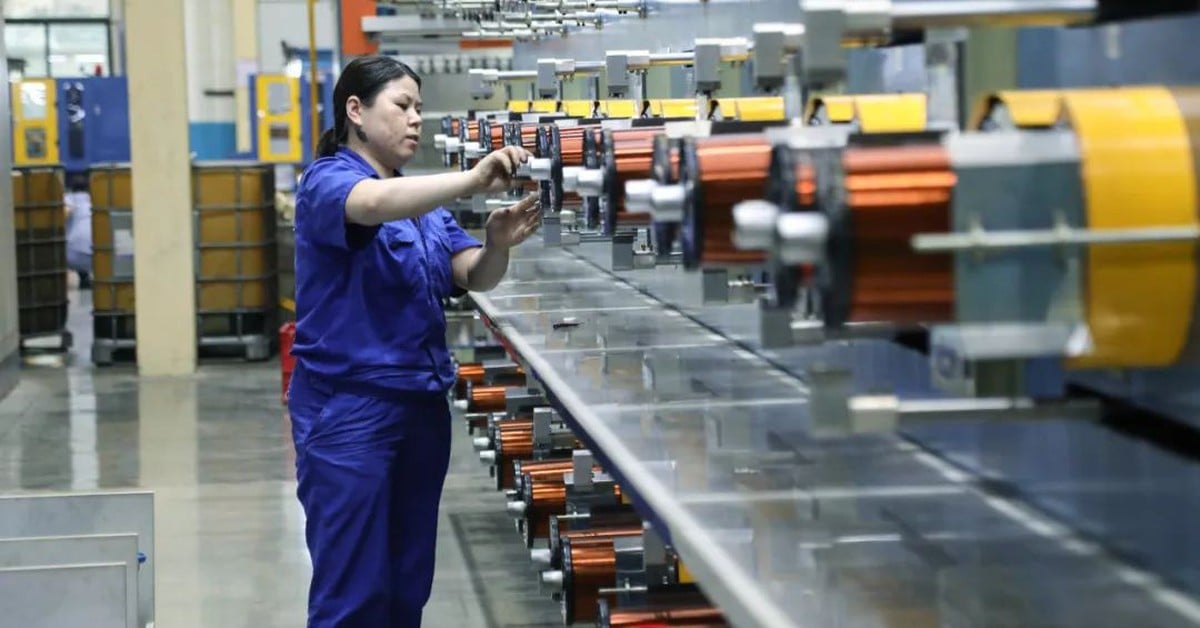
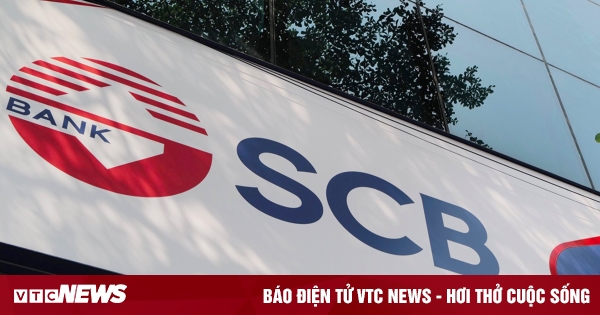
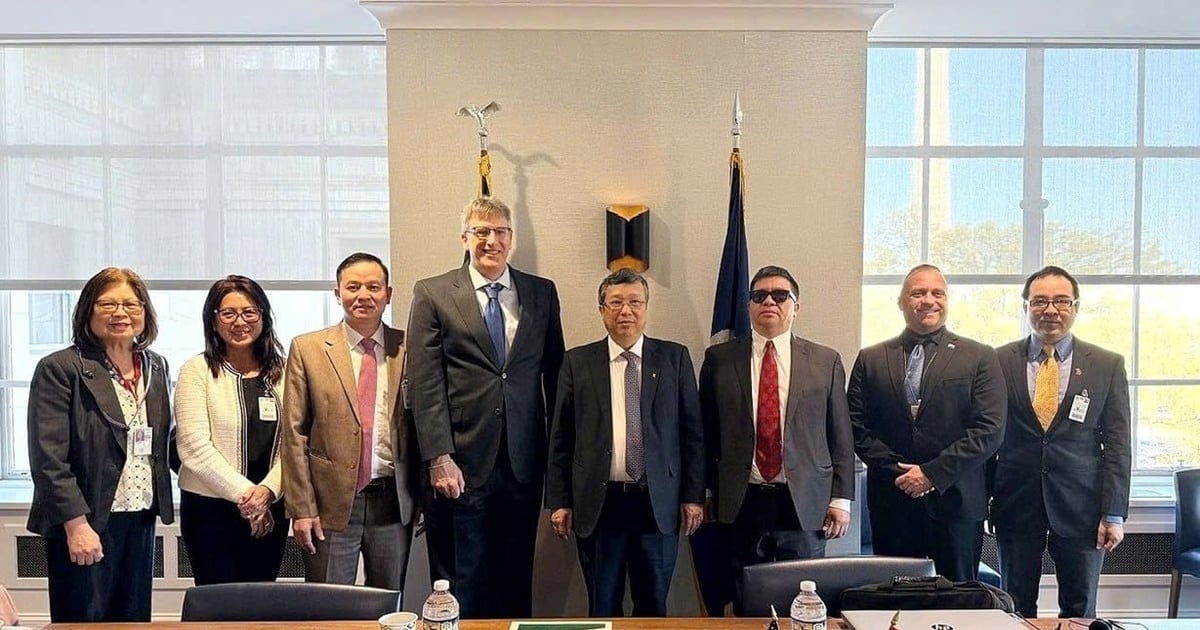


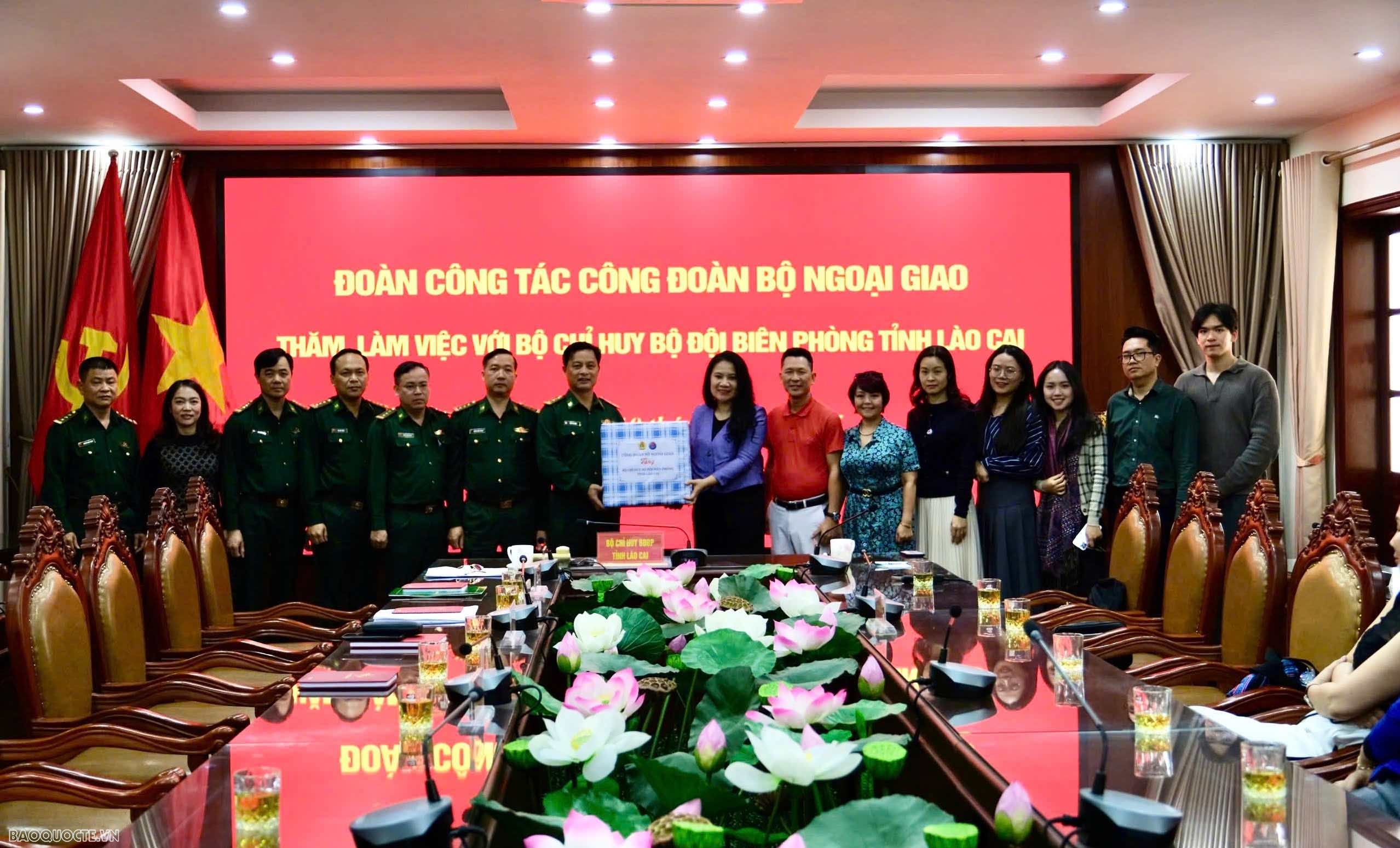
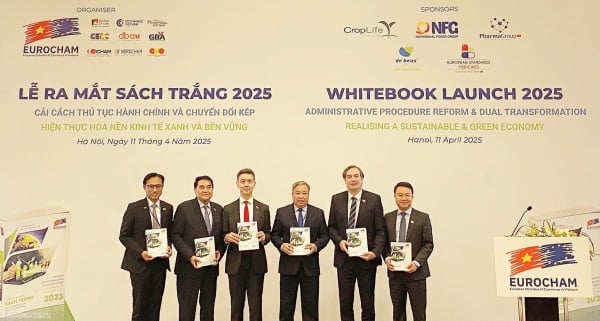
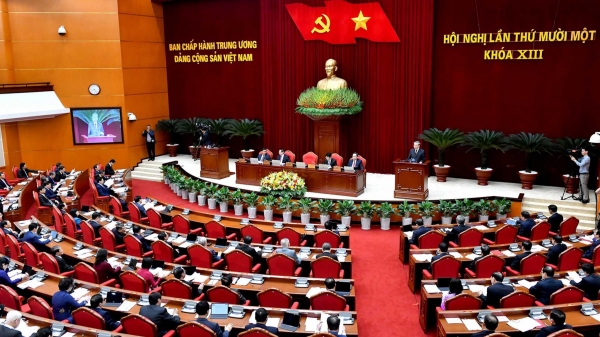


![[Photo] Summary of parade practice in preparation for the April 30th celebration](https://vstatic.vietnam.vn/vietnam/resource/IMAGE/2025/4/11/78cfee0f2cc045b387ff1a4362b5950f)









































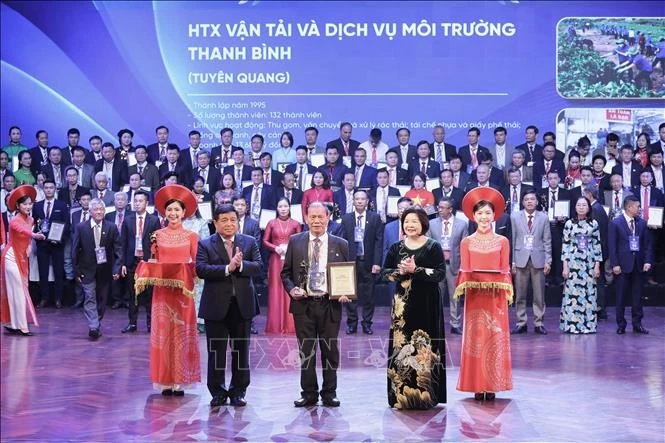

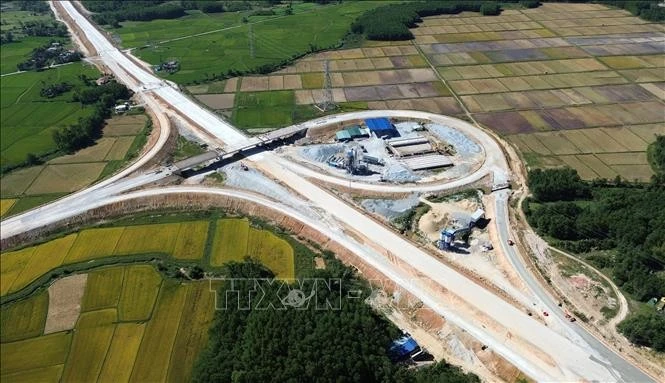

















Comment (0)